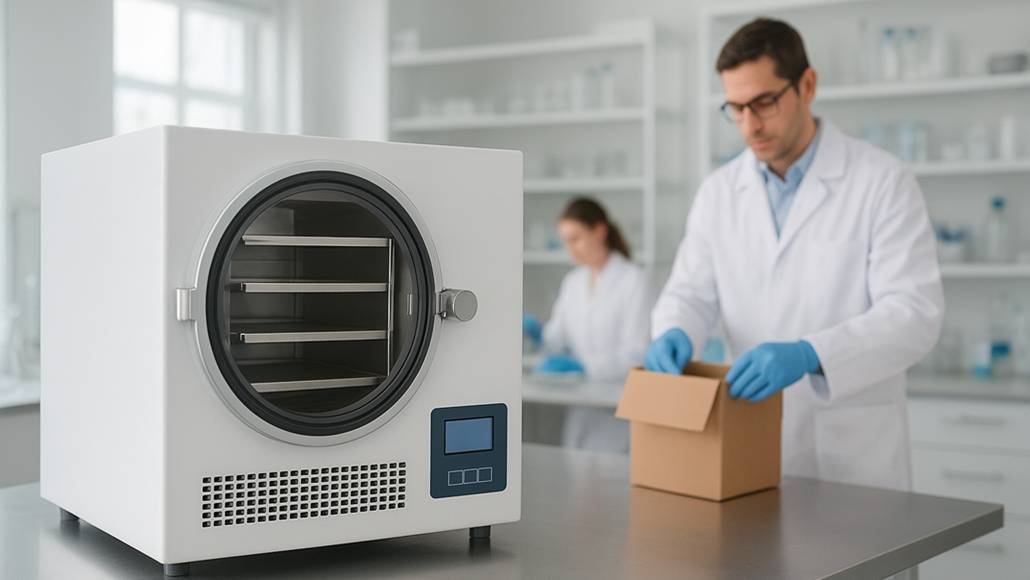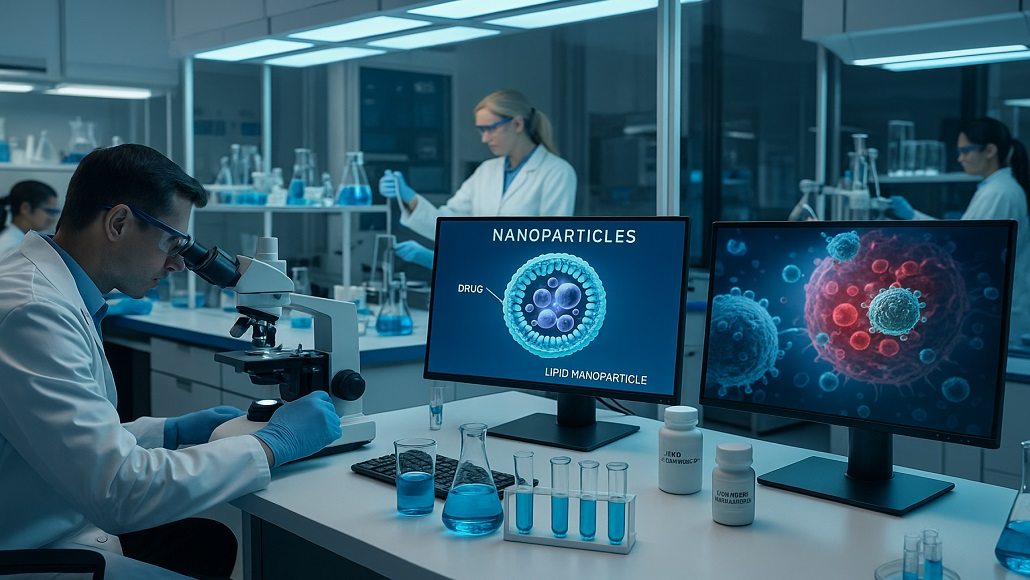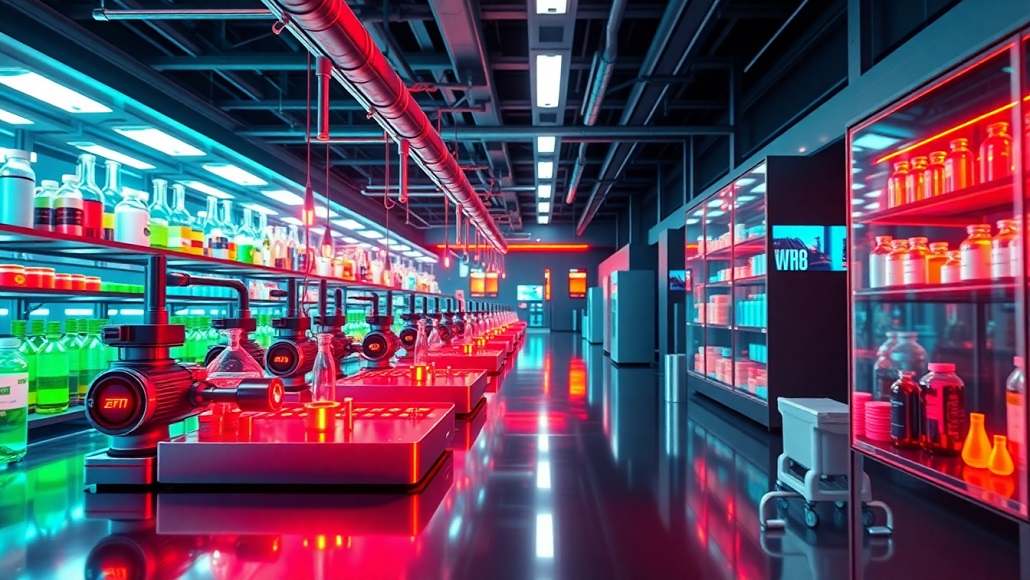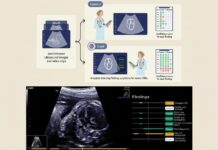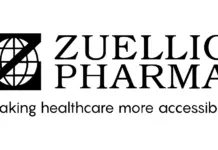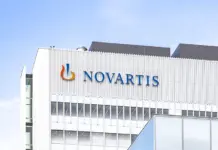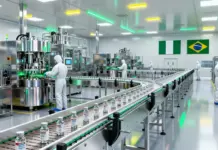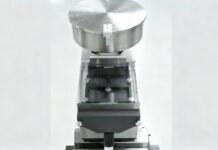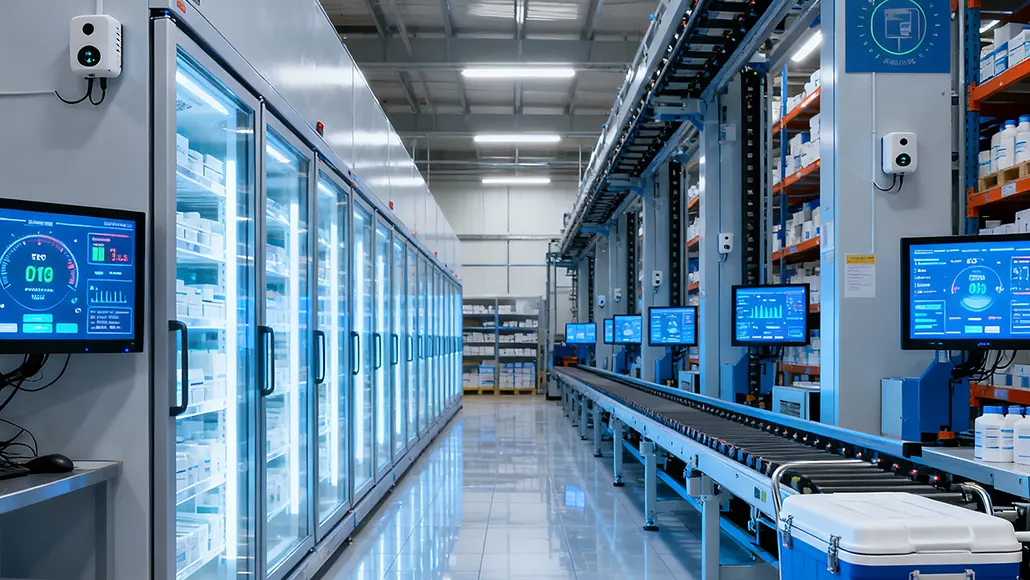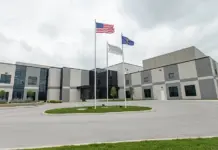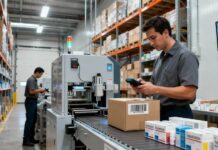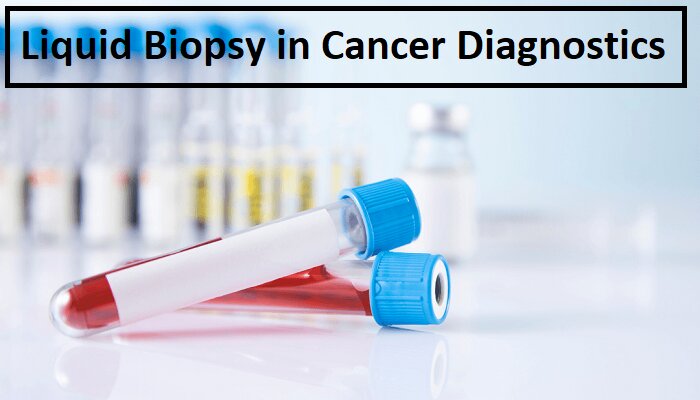Consulting firm Fortune Business Insights reports that the global market of liquid biopsy, the procedure of collecting cancer-related materials from bodily fluids, was valued at over USD 8 billion in 2023. The company also projects market growth to almost USD 58 billion by 2032 with a compound annual growth rate (CAGR) of 25.3%.
These figures indicate the growing adoption of this technique, which is unsurprising given the potential of liquid biopsy to transform cancer diagnostics.
What makes liquid biopsy a game-changer in oncology? Read this article to find out.
What Is Liquid Biopsy?
As the name suggests, liquid biopsy collects liquid samples for cancer biomarkers instead of fragments of tumors or entire lumps. The source of material for assessment in liquid biopsy can be urine, saliva, blood, and its specific components such as plasma and serum. Furthermore, liquid biopsy can also gather samples of fluids locked in other organs and systems, for example, ascitic fluid present in the abdominal cavity, cerebrospinal fluid (CSF) found in the brain and spinal cord, and pleural effusion, which is a fluid located between the lungs and chest wall.
Depending on the liquid, a biopsy can incorporate diverse techniques. For example, the collection of saliva is usually performed with cotton swabs or by spitting into a collection tube, while for urine, standard collection techniques are applied. Blood is usually collected from a vein in the arm.
Meanwhile, for other liquids, doctors may use more advanced methods. Thus, thoracentesis is utilized for collecting pleural effusion, often conducted by inserting a catheter or needle between the ribs after applying a local anesthetic. Meanwhile, a lumbar puncture is performed to collect CSF.
Isolation of Biomarkers and Analysis
The choice of biomarker isolation techniques depends on the type of biomarkers being assessed in the samples.
For instance, isolating the thymidine kinase enzyme from blood, which can be used as a breast cancer proliferation biomarker, first requires separating the plasma that contains this substance.
Next, a range of techniques can be utilized to identify the presence of thymidine kinase in the plasma and measure its amount. These may include enzyme assays that help evaluate the enzyme activity. As an example, the activity of thymidine kinase 1, which is one of the two types of this enzyme present in the human body, can be evaluated by performing the activity assay based on the ability of this enzyme to phosphorylate thymidine or its analogs.
Furthermore, the analysis can incorporate even more advanced and sensitive detection methods, such as an enzyme-linked immunosorbent assay (ELISA) that involves antibodies specific to this enzyme as well as a range of technologies such as mass spectrometry, polymerase chain reaction (PCR), flow cytometry, and next-generation sequencing (NGS).
Advantages of Liquid Biopsy in Cancer Diagnostics
Liquid biopsy offers numerous benefits to cancer diagnostics, summarized below.
Safe and Comfortable Sample Collection
Many sample collection techniques supporting liquid biopsy are non-invasive, which reduces the need for painful and expensive surgical interventions that can potentially lead to complications such as bleeding and infections, and require recovery time.
Increased Detection Efficiency
Conventional biopsy yields the best results when the entire tumor is removed but does not provide a comprehensive view of the disease, as it only samples limited types of tissues. By analyzing bodily fluids, doctors can assess the heterogeneity of the condition by examining circulating tumor DNA (ctDNA) gathered from various locations.
Real-Time Monitoring
Simplified and non-invasive sample extraction methods used in liquid biopsy facilitate easier real-time monitoring compared to traditional biopsy techniques. This capability is critical for understanding a patient’s response to treatment.
Early Detection
Some biomarkers, including thymidine kinase discussed above, can help identify the presence of cancer or its proliferation much earlier than changes in affected organs become visible with imaging diagnostic methods. This potential for prompt detection can identify the disease before noticeable early breast cancer symptoms appear.
Personalized Treatment
Liquid biopsy provides doctors with material that can be tested for numerous biomarkers, particularly genomic and epigenetic, offering crucial insights into the body’s potential resistance to certain treatments. This information is essential for selecting effective therapy.
Minimal Residual Disease Detection
The convenience of liquid biopsy also makes it a useful tool in detecting minimal residual disease (MRD). MRD often comprises small amounts of cancer cells, nearly impossible to detect with imaging techniques, that can remain in the body after treatment and increase the risk of relapse.
Conclusions
While it is sensible to use a combination of methods for a deep understanding of a patient’s condition, liquid biopsy serves as a fundamental procedure that can provide doctors with a source of detailed information necessary for accurate cancer diagnosis, selection of efficient treatment, and monitoring the body’s response to therapy. Meanwhile, the convenience and non-invasiveness of liquid biopsy make it easier to repeat this procedure to have an up-to-date view of the patient’s condition.



